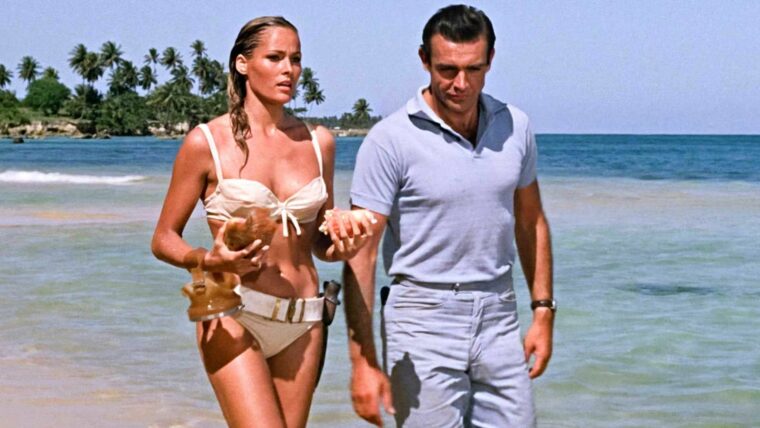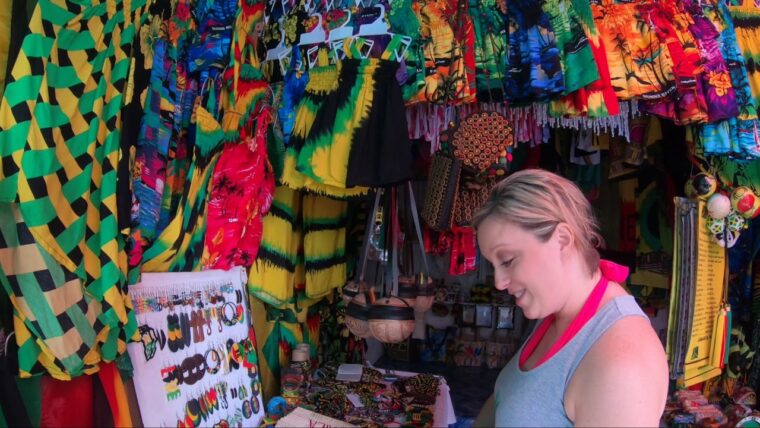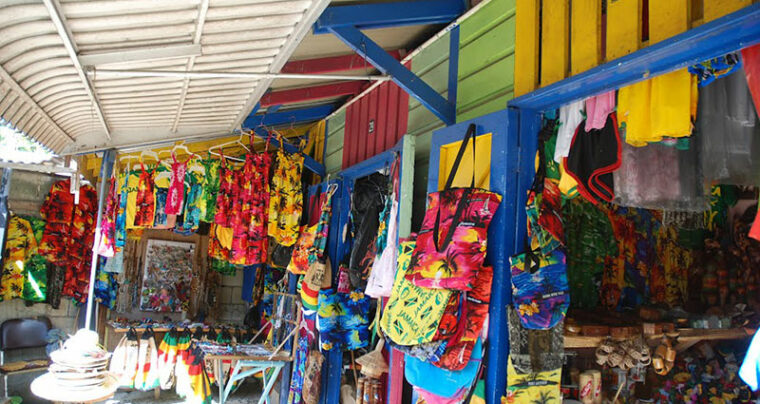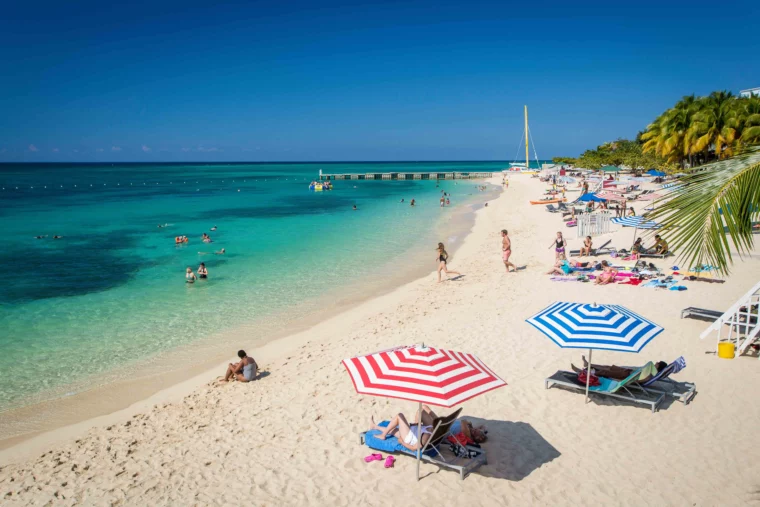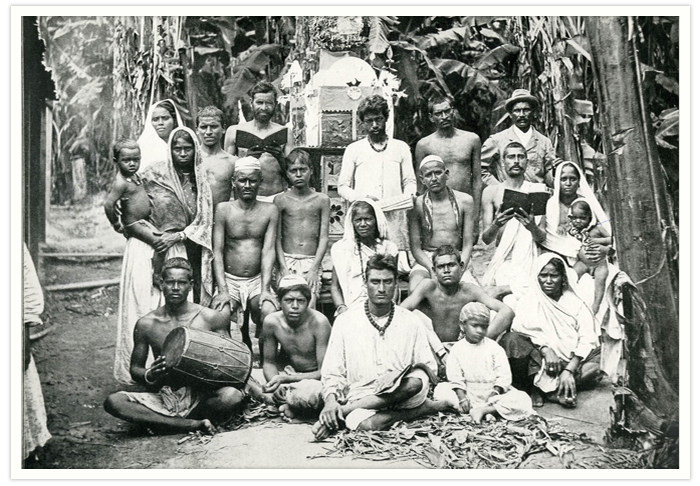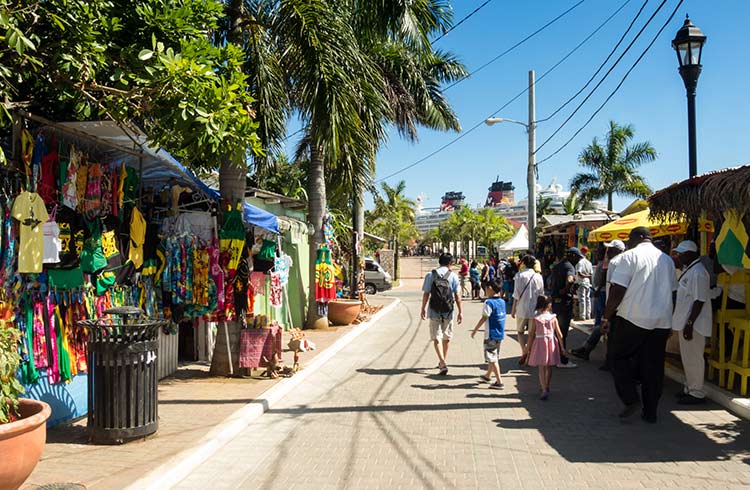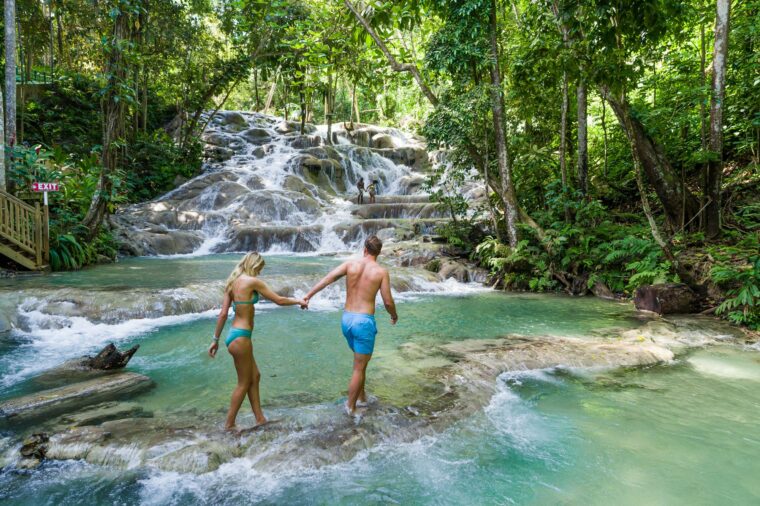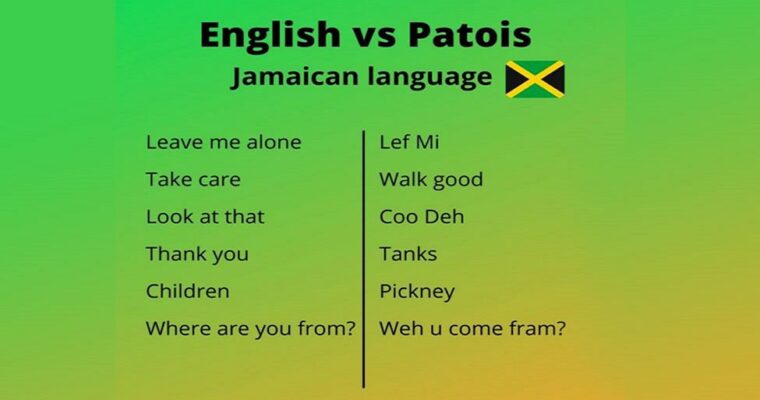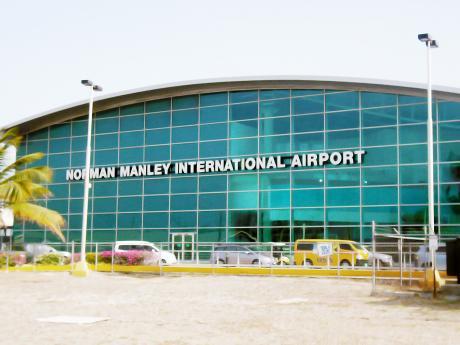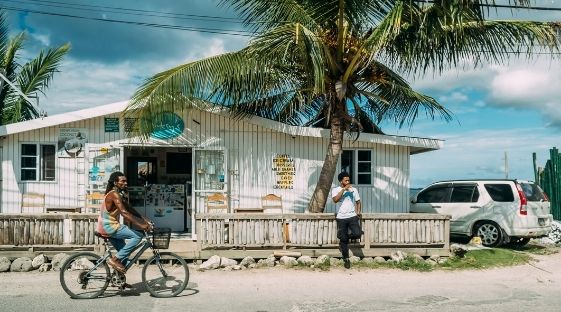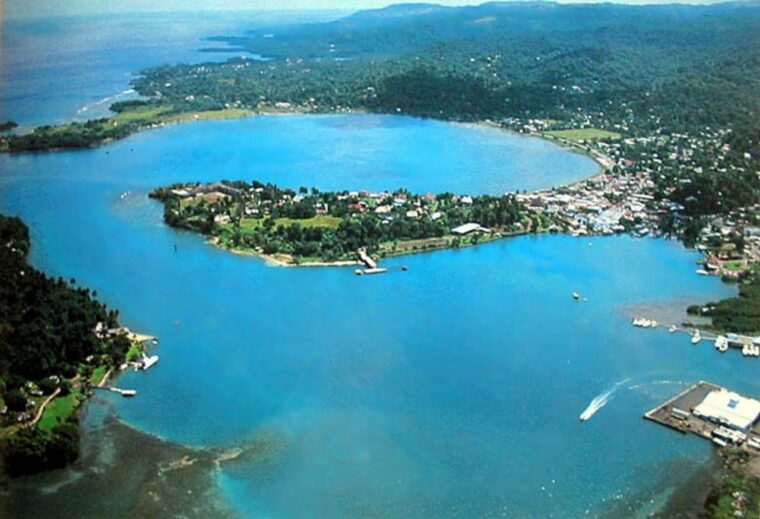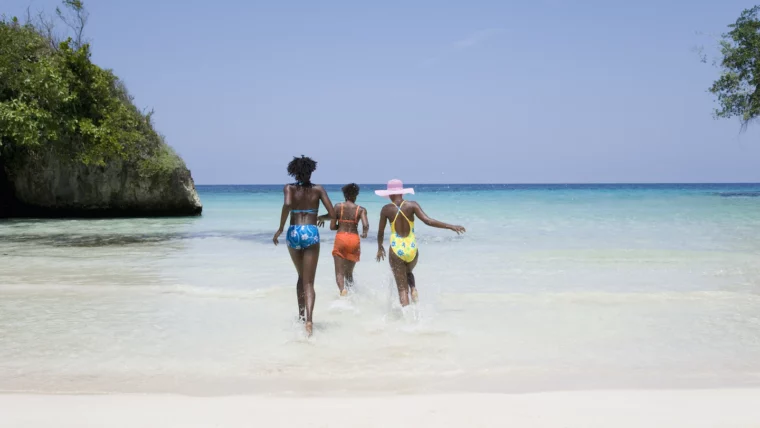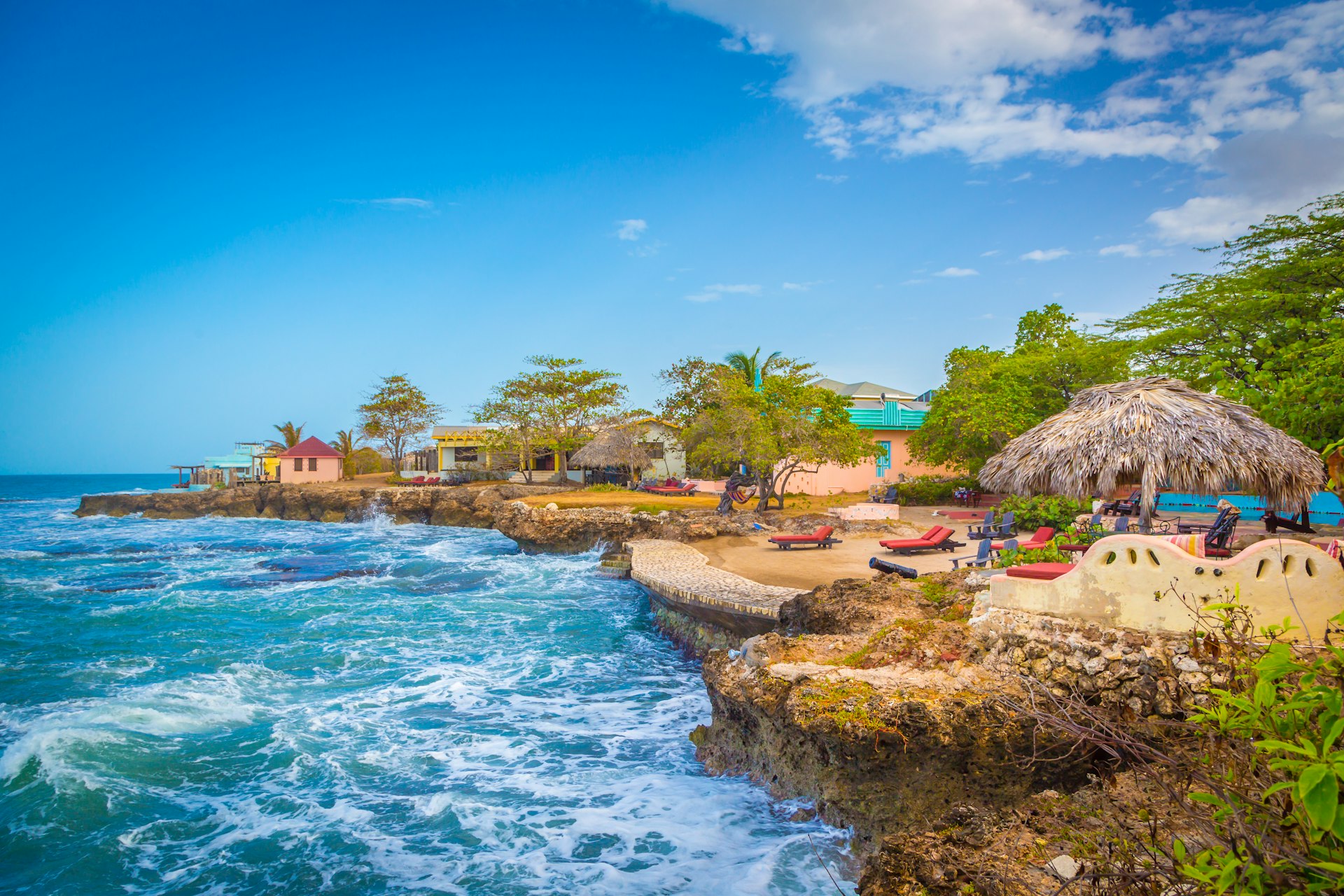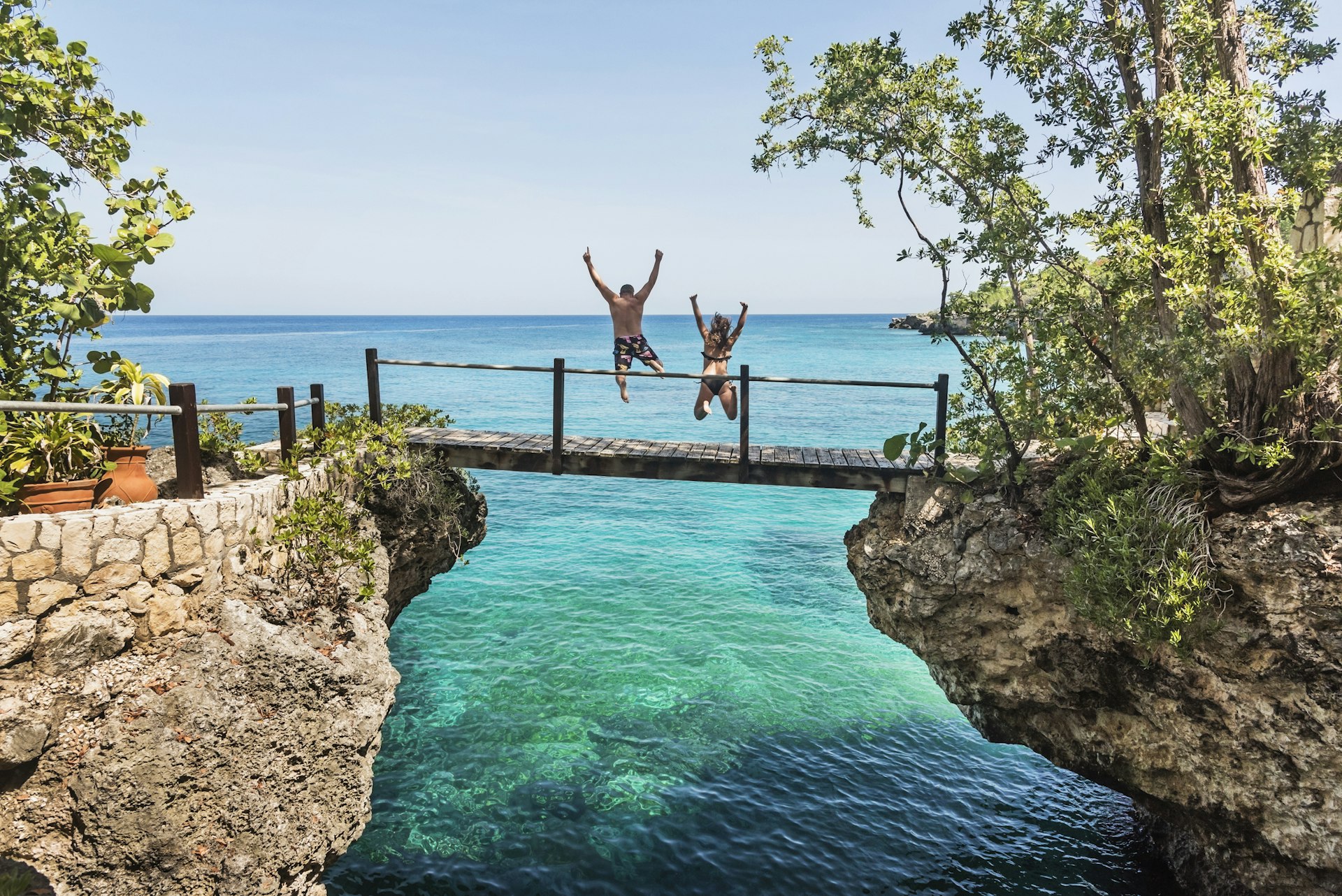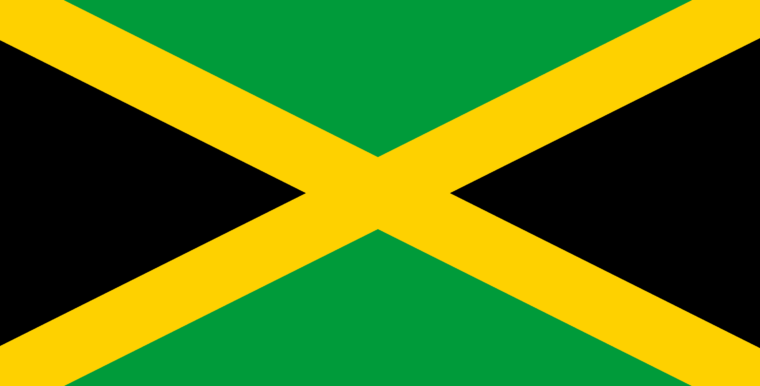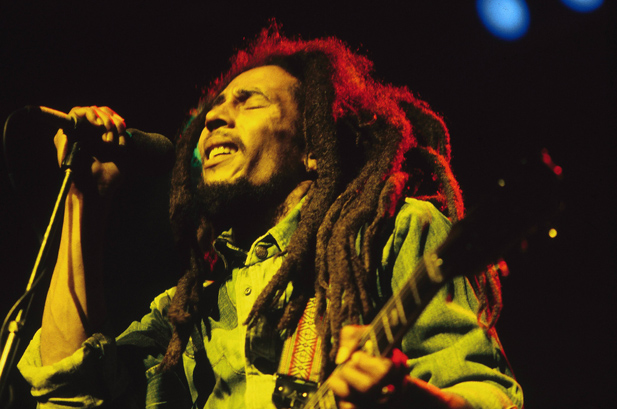Best Priced Tours in Jamaica. At James Carver Tours, we understand that planning a vacation can be overwhelming, especially when it comes to finding the best-priced tours that offer the most value for your money. That’s why we have made it our mission to curate a selection of tours that not only showcase the beauty and culture of Jamaica but also fit within your budget.
Our team of experienced tour guides and travel experts have carefully crafted each tour to ensure that you get the most out of your time in Jamaica. Whether you’re interested in exploring the lush rainforests and cascading waterfalls, immersing yourself in the vibrant local music and dance scene, or simply relaxing on the pristine beaches, we have a tour that will cater to your interests.
When it comes to affordability, we believe that everyone should have the opportunity to experience the wonders of Jamaica. That’s why we have negotiated exclusive deals and partnerships with local vendors and suppliers to offer you the best prices without compromising on quality. From transportation and accommodation to meals and activities, our tours are designed to give you the most bang for your buck.
But don’t just take our word for it. Our satisfied customers rave about their experiences with James Carver Tours. They praise our knowledgeable and friendly guides who go above and beyond to make their trip unforgettable. They appreciate the attention to detail and personalized service that sets us apart from other tour operators. And most importantly, they value the fact that they were able to experience the best of Jamaica without breaking the bank.
So why wait? Book your dream vacation with James Carver Tours and discover the best-priced tours in Jamaica. Whether you’re a solo traveler, a couple looking for a romantic getaway, or a family in search of adventure, we have a tour that will exceed your expectations. Let us take care of all the details so you can focus on creating memories that will last a lifetime.
Explore the Idyllic Caribbean Coastline
Wherever you go in Jamaica, you’ll be greeted by an idyllic Caribbean coastline with white powdery sands and turquoise waters. It’s the perfect place to indulge in water activities such as sailing, water-skiing, and kayaking. But Jamaica offers much more than just beachside fun. In the lively Montego Bay, you’ll find some of the best golf courses in the region, perfect for golf enthusiasts. For shopaholics seeking some retail therapy, the excellent Fairview Shopping Centre is a must-visit.
As you continue your journey along the Caribbean coastline, you’ll discover hidden gems that will take your breath away. Head east to the charming town of Ocho Rios, where you can visit the iconic Dunn’s River Falls. This natural wonder cascades down a series of terraced steps, creating a picturesque scene that is perfect for capturing unforgettable memories. If you’re feeling adventurous, you can even climb the falls with the assistance of experienced guides.
Further along the coast, you’ll encounter the vibrant city of Port Antonio, known for its lush landscapes and untouched beauty. Here, you can explore the famous Blue Lagoon, a stunning turquoise water body surrounded by lush vegetation. Take a dip in the refreshing waters or go snorkeling to discover the diverse marine life that inhabits the area.
Continuing your journey, you’ll arrive at the serene Negril, home to the world-famous Seven Mile Beach. Stretching along the western coast, this pristine beach offers a tranquil escape from the bustling city life. Take a leisurely stroll along the soft sands, soak up the warm Caribbean sun, or enjoy a refreshing swim in the crystal-clear waters. As the day draws to a close, make sure to catch the breathtaking sunset that paints the sky in a palette of vibrant colors.
As you venture further south, you’ll reach the historic town of Port Royal, once known as the “wickedest city on earth.” This former pirate stronghold is steeped in rich history and offers a glimpse into Jamaica’s past. Explore the remains of Fort Charles, a 17th-century fortress that played a significant role in protecting the island from invaders. Immerse yourself in the stories of pirates and buccaneers as you wander through the streets lined with colonial architecture.
Whether you choose to relax on the beaches, explore the vibrant cities, or delve into Jamaica’s rich history, the idyllic Caribbean coastline offers something for everyone. With its natural beauty, warm hospitality, and diverse range of activities, Jamaica is a destination that will leave you with lasting memories.
Further south on the island, you will find the vibrant city of Montego Bay. Known as MoBay by the locals, this bustling tourist destination offers a mix of history, culture, and natural beauty. Take a stroll down the famous Hip Strip, where you can shop for souvenirs, enjoy delicious local cuisine, and experience the lively nightlife.
For a taste of Jamaican history, visit the Rose Hall Great House, a stunning Georgian mansion that is said to be haunted by the ghost of Annie Palmer, the White Witch of Rose Hall. Take a guided tour and learn about the legends and mysteries surrounding this historical landmark.
If you’re a nature lover, don’t miss the opportunity to explore the underwater world of Montego Bay. The city is home to some of the best snorkeling and diving spots in the Caribbean. Dive into the crystal-clear waters and discover colorful coral reefs, tropical fish, and even shipwrecks.
For a more laid-back experience, head to the picturesque town of Port Antonio on Jamaica’s northeast coast. Surrounded by lush mountains and pristine beaches, Port Antonio offers a peaceful retreat away from the crowds. Relax on the secluded Frenchman’s Cove Beach, take a boat ride on the Rio Grande River, or hike through the enchanting Blue Mountains.
For a taste of Jamaican culture, visit the Bob Marley Museum in Kingston. This iconic museum is located in the former home of the reggae legend and showcases his life and music. Explore the exhibits, listen to his music, and learn about the impact Bob Marley had on Jamaican culture and the world.
Whether you’re seeking adventure, relaxation, or a cultural experience, Jamaica has something for everyone. From the hidden gems of Ochos Rios and Negril to the bustling city of Montego Bay and the tranquil town of Port Antonio, this Caribbean island offers a diverse range of attractions and activities that will leave you wanting to come back for more.
When to Visit Jamaica
The most popular time to visit Jamaica is from December to April. These months offer the driest weather with pleasant temperatures around 30 degrees Celsius. From May to November, Jamaica experiences the rainy season, but showers are usually short and followed by clear blue skies.During the peak season from December to April, Jamaica attracts a large number of tourists who come to enjoy the warm weather and escape the cold winter months in their home countries. This is the ideal time to visit if you are looking for sunny days, perfect for lounging on the beautiful beaches and taking part in various water activities such as snorkeling, scuba diving, and sailing. The temperatures during this time range from the mid-20s to low 30s Celsius, making it comfortable to explore the island’s attractions and enjoy outdoor activities. The evenings are also pleasant, with temperatures dropping slightly but still remaining warm enough to dine al fresco or take a romantic stroll along the beach. From May to November, Jamaica experiences its rainy season, also known as the hurricane season. However, don’t let the term “rainy season” discourage you from visiting during this time. While there may be occasional showers, they are usually short-lived and followed by clear blue skies. The rainfall helps to keep the island lush and green, creating a vibrant backdrop for your vacation. Visiting Jamaica during the rainy season has its advantages. The island is less crowded, and you may find better deals on accommodations and activities. It’s also a great time to explore the island’s interior and visit attractions such as Dunn’s River Falls or the Blue Mountains, where you can hike through lush rainforests and discover hidden waterfalls. If you are planning to visit Jamaica during the rainy season, it’s a good idea to pack a light rain jacket or umbrella, just in case. However, don’t let the possibility of rain deter you from enjoying all that Jamaica has to offer. With its warm climate and friendly locals, Jamaica is a destination that can be enjoyed year-round. Whether you choose to visit during the peak season or the rainy season, Jamaica will captivate you with its natural beauty, vibrant culture, and warm hospitality. So pack your bags, put on your sun hat, and get ready for an unforgettable vacation in this Caribbean paradise.
If you are a food enthusiast, Jamaica is the perfect destination to satisfy your taste buds. The vibrant and diverse Jamaican cuisine offers a wide range of dishes that are sure to leave you craving for more. One of the most iconic dishes in Jamaica is jerk chicken, which is marinated in a spicy blend of herbs and spices, then grilled to perfection. The smoky and fiery flavors of jerk chicken will transport you to the heart of Jamaica.
In addition to jerk chicken, another must-try dish is ackee and saltfish, which is considered the national dish of Jamaica. Ackee, a tropical fruit, is sautéed with salted codfish and served with a side of fried dumplings or boiled green bananas. The combination of the creamy ackee and the savory saltfish creates a unique and delicious flavor that is truly unforgettable.
When it comes to beverages, Jamaica is famous for its rum. The island is home to some of the finest rum distilleries in the world, and a visit to Jamaica would not be complete without sampling their renowned rum. Whether you prefer it neat, on the rocks, or mixed into a refreshing cocktail, Jamaican rum is sure to add a touch of Caribbean flair to your drinking experience.
As you explore the local markets and restaurants in Jamaica, you will also come across a variety of other mouthwatering dishes. From curry goat and oxtail stew to festival, a sweet fried bread, and bammy, a traditional cassava flatbread, there is something to please every palate. Don’t forget to try the delectable Jamaican patties, which are flaky pastries filled with a savory meat or vegetable filling.
One of the best ways to experience Jamaican cuisine is by visiting the local street food vendors. These vibrant food stalls offer a wide array of snacks and treats that are perfect for a quick bite on the go. From spicy beef patties and jerk chicken wraps to refreshing fruit smoothies and coconut water straight from the shell, the street food scene in Jamaica is a culinary adventure in itself.
Whether you are a fan of spicy dishes, exotic fruits, or rich flavors, Jamaican cuisine has something to offer everyone. So, make sure to indulge in the mouthwatering delights of Jamaican food during your visit to this tropical paradise.

